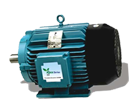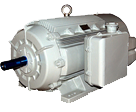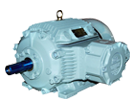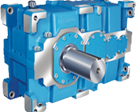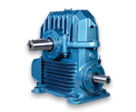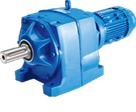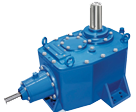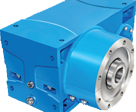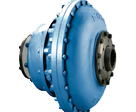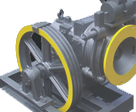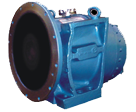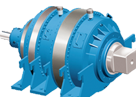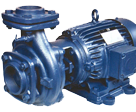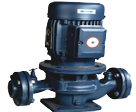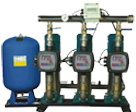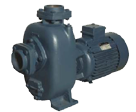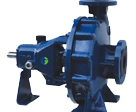- +91-9833355333
- sales@scindustrial.com

Articals
Worm Gearboxes
In order to change the speed (RPM) or the output torque of a motor, a mechanical device needs to be used – a gearbox. The shaft of the motor is attached to one side of the gearbox and offers a given torque as output and speed which is determined by the gear ratio, through the internal arrangement of gears within a gearbox.
All types of gearboxes operate in a similar manner. The direction that the gears rotate is contingent on the orientation and input direction of the gears. An example would be if the initial gear is revolving clockwise, the gear that it engages will be revolving in the opposite direction – counterclockwise. With multiple gears, this continues all throughout the line. The combination of various size gears and the quantity of teeth that each gear has plays a major role in the speed of the shaft as well as the output torque. When the gear ratios are high, it allows for lower speeds and more output torque, whereas less output torque and higher output speeds can be achieved with lower gear ratios.
Among the old type of gears is one that is called the worm gear. It is basically a screw which is butted up against something that looks like a spur gear that has slightly curved and angled teeth. The gear changes, by 90 degrees, the rotational movement. Due to the worm’s position on the wheel (or the “worm wheel” as it is known), the plane of movement changes as well.
How Do Worm Gears Work
There is an electric engine or motor applies, through the worm, rotational power. When the worm spins against the wheel, the screw face then pushes on the wheel’s teeth and the wheel is thrust against the load.
A worm gear is able to bear up with loads that can be described as high shock; its noise level is relatively low and is also maintenance-free. However, they are not as efficient as other types of gears. A worm gear may be used which enables the worm to rotate the gear easily in a right angle configuration. As a brake system, the prevention of the gear to shift the worm can be utilized. The worm gearbox is in a locked position when it is not active.
What Are Worm Gearboxes Used For?
There are many applications which require great speed and for
loads which can be set up for right-angle applications. Worm gearboxes can be used for:
1.Presses
1.Mining
1.Escalator/Elevator Drive Systems
1.Rolling Mills
Benefits of the Worm Gearbox
Using worm gears has some advantages over standard gears.
Benefits can include:
It is self-locking – it is capable of stopping and holding load, as well as overhauling or
the capability to function in reverse
Worm gears support high overhung as well as thrust load
A worm gear is quiet because a helical gear has a level with 85 dB as compared to a cone
worm gear that has a level of 65 dB
It can support shock loads (100% for a helical bevel as opposed to 300% for a cone
drive)
It as a high torque even at low speeds
Worm gears have a good level of repeatability
The ratios of cone drives are exact
Has no or zero backlash
It has a consistent size with rise in ratio
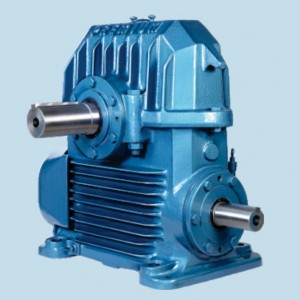
Channel Partners


